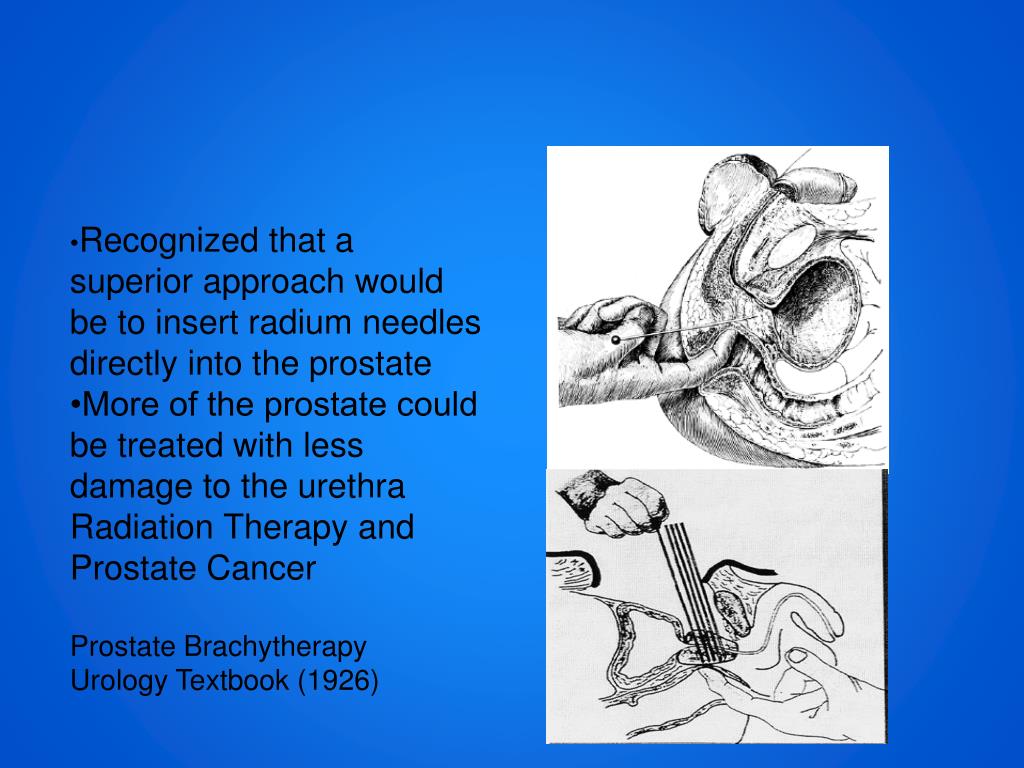
Mean blood loss was 37 ± 38.2 mL, and the positive surgical margin rate was 0%. Docking time quickly dropped from 20 to 6–8 min, and the time needed to complete R-NSM was usually completed within 100 min after accumulation of case experience. The mean operation time for R-NSM was 118.8 ± 50.6 min, and 74.5 ± 26.6 min for Gel implant reconstruction. Results: A total more » of 22 patients who received 23 R-NSM and IBR with Gel implant procedures were analyzed. Patient-reported cosmetic outcome results were obtained. Data on clinicopathologic characteristics, type of surgery, complications, and recurrence were analyzed to determine the effectiveness and oncologic safety of R-NSM. Methods: The medical records of patients from a single institution who underwent an R-NSM and IBR with Gel implant procedure for breast cancer during the period March 2017 to February 2018 were assessed. The preliminary results of the robotic nipple-sparing mastectomy (R-NSM) and immediate breast reconstruction (IBR) with Gel implant procedure are reported. « lessīackground: Experience with application of a robotic surgery platform in the management of breast cancer is limited. These data require validation in larger planning studies prior to routine clinical implantation. Conclusion: AA VMAT can produce acceptable clinical plans while eliminating dosimetric impact related to arm setup uncertainty. PTV dose inhomogeneity and dose to the heart, left lung, right thyroid dose and left humerus were evaluated. All plans were normalized to have 95% of PD to 95 % of PTV. Prescription dose (PD) was 50 Gy (25 fractions). VMAT-AA3 used 2 narrow arcs for PTV-CW and 2 long arcs for all PTVs. VMAT-AA2 used two static fields for PTV-SCV with 2 arcs for PTV-CW. VMAT-AA1 uses 2 arcs for PTV-CW and 2 arcs for PTV-SCV. For each patient, one non-AA VMAT more » plan (VMAT-S) with 4 partial arcs encompassing the ipsilateral arm and three AA VMAT plans where no arcs were entering or existing through the ipsilateral arm were generated. PTV included chest wall and IMNs (PTV-CW), and supraclavicular and axillary lymph nodes (PTV-SCV). Methods: Three breast cancer patients receiving left chest wall and regional nodal irradiation with bilateral implant reconstructions were studied. This study compares the plan qualities between non-AA and AA VMAT techniques. Moreover, daily setup uncertainly of the arm position, however, could have significant impact on accurate dose delivery. The use of VMAT may provide advantages over conventional tangent or multi-beam IMRT techniques. Purpose: Breast cancer patients with bilateral implant reconstructions who require postmastectomy radiotherapy can pose unique treatment planning challenges. When Ta wire is used, it is in fine nylon tubing and placed in the same kind of atment of 10 out of 12 cases of carcinoma of the vocal cords is described.



At 1 cm higher, another needle is inserted parallel with the frist needle, either by boring another hole in the thyroid cartilage, or pushing it through the thyrohyoid of 1 cm, another needle is similarly inserted. The Ra needles used are of 4-cm total length and 3-cm active length. The method is carried out more » by suitable surgical expose of the thyoid cartilage down to the perichondrium. The advantage of Rn seeds and Ta wire is that radioactivtiy is provided up to the very tip or the needle. The sources used consisted of Rn seeds placed in hollow stainless steel needles, Ra needles, and radioactive Ta wire. The gamma radiation of Ra has a high energy and the dose increase resulting from the presence of Ca, which occurs with x rays below and energy of about 250 kv, does not occur. A new method was developed to avoid damaging the cartilage and irradiating the perichomdrium with as high a dose to necrosis.


 0 kommentar(er)
0 kommentar(er)
